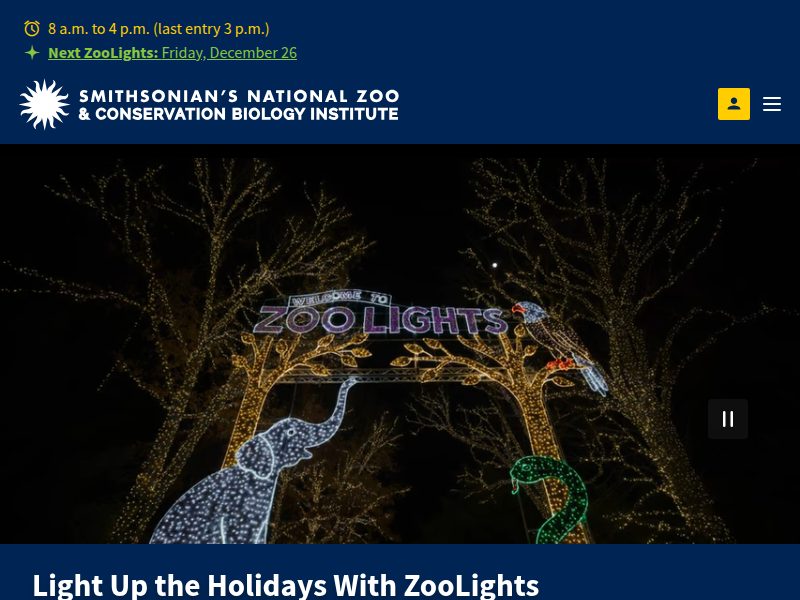Buy Bird Friendly Coffee Online | Smithsonian’s National Zoo and Conservation Biology Institute https://nationalzoo.si.edu/migratory-birds/buy-bird-friendly-coffee-online?letter=W&roast_type%5B0%5D=357&roast_type%5B1%5D=358&roast_type%5B2%5D=392
You can support the best in organic, eco-friendly farming by shopping for your favorite Bird Friendly® certified coffees online.
Roasters Barnwood Coffee Company Beautiful Beast Coffee Company Big Year Coffee Bird & Wild

